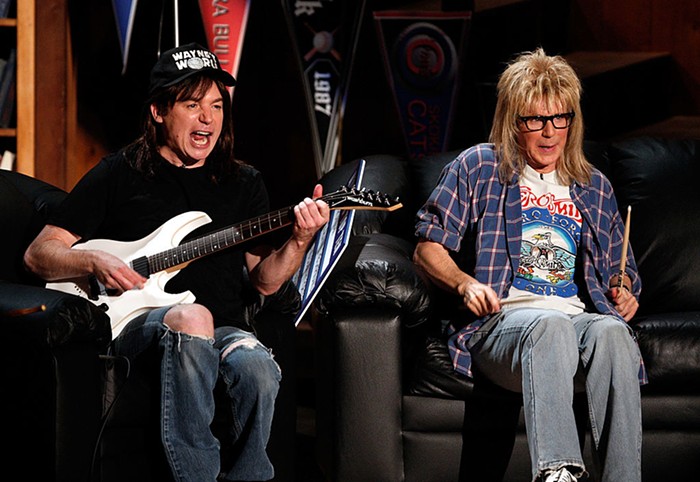
- Emily Cooper
Itai Erdal is a lighting designer, not an actor. He explains this to the audience right away during his one-man show How to Disappear Completely—he's just a good storyteller who's had an interesting life.
Born in Israel, Erdal moved to Canada as a young man. When his mother got lung cancer, he flew back to Israel to care for her. Because he was, at the time, an aspiring filmmaker, he filmed his mother's decline, with her permission, with the ultimate goal of making a documentary. That footage forms the basis of How to Disappear Completely. Providing live voiceover translation in lieu of subtitles, he screens interviews with his mom, a good-humored woman who is pragmatic about her fate, and with his sister, who disapproves of the documentary-making enterprise. Heartbreakingly, there's footage of his stepfather shaving his mother's head, pausing to kiss it. It is a son's homage to his dead mother, and it is moving.
Alongside this personal account, Erdal interjects lighthearted tutorials about lighting design, and how different lights can be used to convey different effects. He's got a little portable lightboard onstage so he can control some of his own lighting cues; he explains to the audience what each light on stage does and why he's using it, and jokes about how much control the lighting designer has over a production.
Erdal is a likable presence, and his crash course in stage lighting is fascinating. But the two elements of the show—the personal and the technical—don't fit together particularly well, and I'd argue that they actually work to blunt the show's emotional impact.
On the one hand, Erdal the storyteller is sharing anecdotes about his family and friends and particularly his mother, and those are revealing and funny and quite moving. On the other hand, there's Erdal the stage technician, explaining how lighting can be used to manipulate an audience's perception of an actor or a story. The stagecraft element is fascinating, and Erdal ably connects with the audience when he's joking around and sharing his expertise as a lighting designer, but those elements coexist uneasily with the show's intense footage of his mother's decline and death.
There are plenty of ways that lighting can function as a metaphor—from the notion that lighting is outside of an actor's control to the temporary, arbitrary nature of the spotlight to the fact that everybody fades to black in the end. And while I'm ordinarily not one to argue for making metaphors more obvious, in this case I don't think it's enough that all of that is implicit.
There's a moment in How to Disappear Completely where, if you're not completely on Erdal's side, he will lose you. He lost me, and I think part of the reason he lost me was that, though I found him quite a likable presence, his digressions about stage lighting actively encourage the audience to consider how the elements of the production have been selected and manipulated. Ordinarily, this wouldn't be a problem. However, ordinarily, you're not asked to watch footage of someone's dead mother.
If Erdal wants to tell a story about his mother's death, fine, but he needs to make sure all of the show's elements serve that purpose. If he wants to tell a story about how he is telling the story of his dead mother, that's fine too, but he needs to make that intention more clear. Without that clarity of intention, the whole show runs the risk of seeming exploitative and self-serving. I'm in the critical minority on this one—I've heard nothing but raves—but I came away frustrated with the show's unrealized potential.
See for yourself tonight or tomorrow night at Imago.












